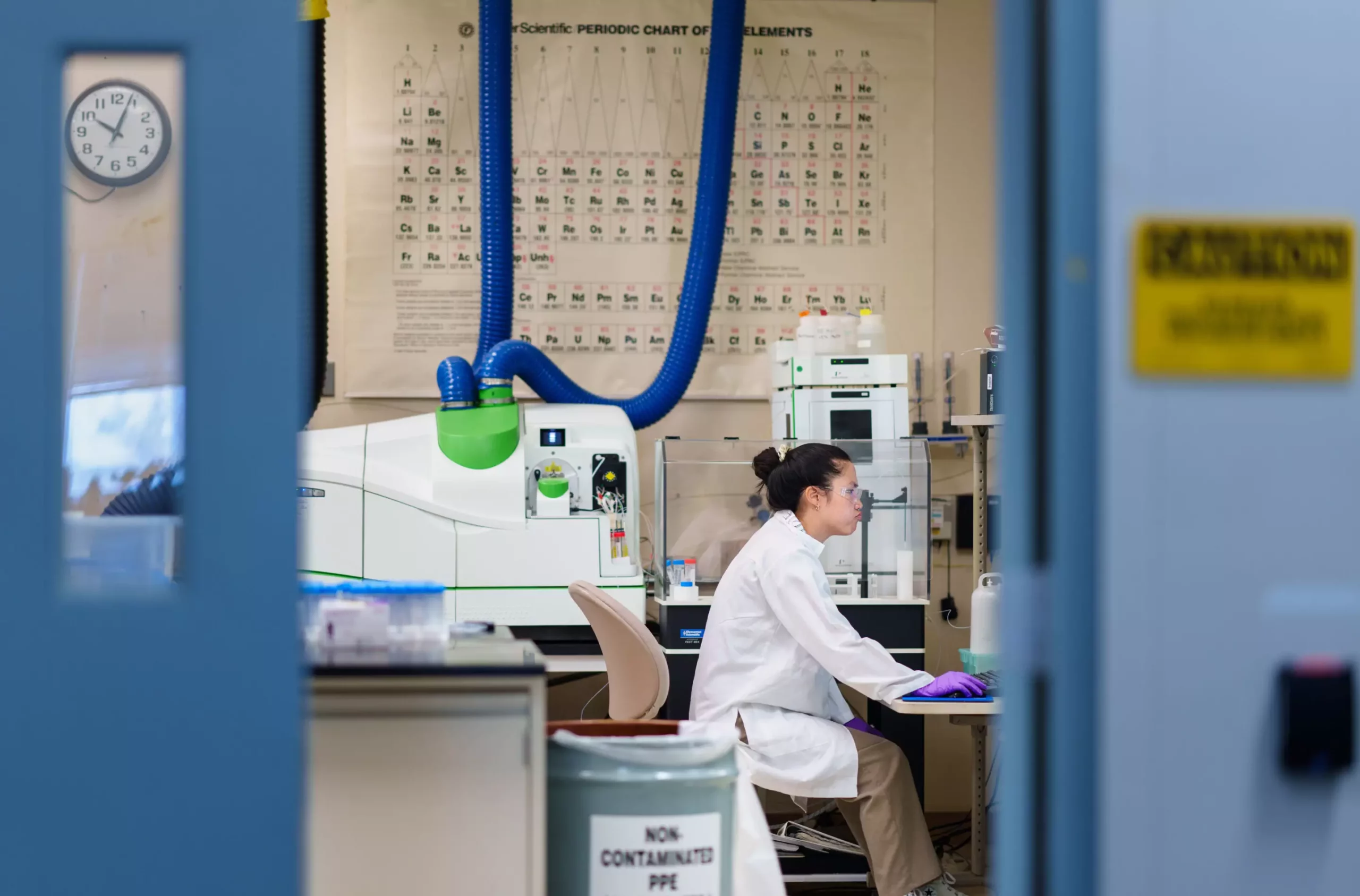The reliance on rare-earth elements (REEs) has surged in recent years, impacting our daily lives through their presence in technology such as smartphones, LED lighting, and electric vehicles. Despite their importance, the extraction and purification of these elements remain fraught with environmental risks and complexity. This article examines a groundbreaking approach led by researchers at Sandia National Laboratories, who are pioneering a more sustainable method for extracting rare-earth elements using metal-organic frameworks (MOFs).
Rare-earth elements play a critical role in modern technologies. However, their extraction typically employs aggressive chemical methods involving hazardous acids and solvents, predominantly carried out in China. Traditional methods are not only detrimental to the environment but also pose significant health risks. As demand for these metals continues to grow, so does the urgency for sustainable and efficient extraction techniques that minimize harm to the planet.
Acknowledging the pressing need for eco-friendly extraction methods, a team from Sandia National Laboratories has been investigating the use of MOFs, innovative materials that act like molecular sponges for targeted metal retrieval. MOFs are structured from metal clusters and organic linker molecules, allowing for customizable properties depending on the intended application. Sandia’s researchers set out to engineer these frameworks to selectively absorb different rare-earth elements from mixtures.
The initial steps involved creating and refining various MOF designs, with a focus on manipulating the chemical properties of their surfaces. This engineering is vital, as the selectivity of these MOFs can significantly impact their performance in extracting target metals without undesired impurities.
To better understand the interactions between rare-earth elements and MOFs, the Sandia team utilized both experimental and computational techniques. By performing adsorption experiments, the researchers demonstrated that their engineered MOFs could proficiently extract rare-earth metals even in the presence of other elements. This selective adsorption is particularly noteworthy because it contributes to reducing the need for extensive separation processes, improving the overall efficiency of metal recovery.
Researchers noted that the presence of specific chemical groups attached to the MOF surfaces altered their binding affinity toward different metals. For instance, wielding a negatively charged phosphonate group on the surface significantly enhanced the MOFs’ ability to absorb various rare-earth elements. Such findings indicate that careful chemical modifications can fine-tune the performance of these frameworks.
In tandem with experimental investigations, Sandia’s computational expert, Kevin Leung, explored the molecular dynamics of rare-earth elements through advanced modeling techniques. His approach highlights the significance of computer simulations in real-time prediction and understanding of chemical interactions at the nanoscale. By assessing how rare-earth elements interact with various chemical environments, Leung’s work empowers researchers to design better materials for metal recovery.
Interestingly, findings from this computational work pointed towards a general preference among heavier rare-earth elements (like lutetium) for bonding with negatively charged surface groups. Despite this revelation, achieving selective recovery for individual metals remained elusive. Yet, through proposed combinations of surface charges, Leung’s hypothesis opens new avenues for tailoring metal selective frameworks.
Expanding on these efforts, Sandia geochemist Anastasia Ilgen made strides in characterizing the interaction of rare-earth elements with MOFs using X-ray spectroscopy techniques. For the first time, she was able to visually confirm the bonding interactions between rare-earth metals and both zirconium and chromium-based MOFs. Her research underscored the formation of surface complexes that had previously only been inferred through adsorption trends.
Moreover, her work explored the impact of MOF structural integrity on metal binding behavior. The discovery that MOFs with missing linkers retained the ability to bind rare-earth elements as effectively as those with complete structures highlights the potential for designing stable and reusable materials.
The breakthroughs generated by the Sandia team invite a future where rare-earth element recovery can be performed more sustainably. With multiple strategies identified, such as modifying metal hub chemistries, incorporating diverse metal mixtures, and adjusting surface group compositions, the landscape for future designs remains promising.
As we become increasingly aware of the ecological and ethical ramifications of our technological dependencies, initiatives like those emerging from Sandia National Laboratories stand at the forefront of an innovative shift toward greener practices in metal recovery. Through continued exploration in the field of MOFs, there exists a substantial potential to redefine the processes surrounding rare-earth element extraction, ensuring that both technological advancement and environmental stewardship go hand in hand.

